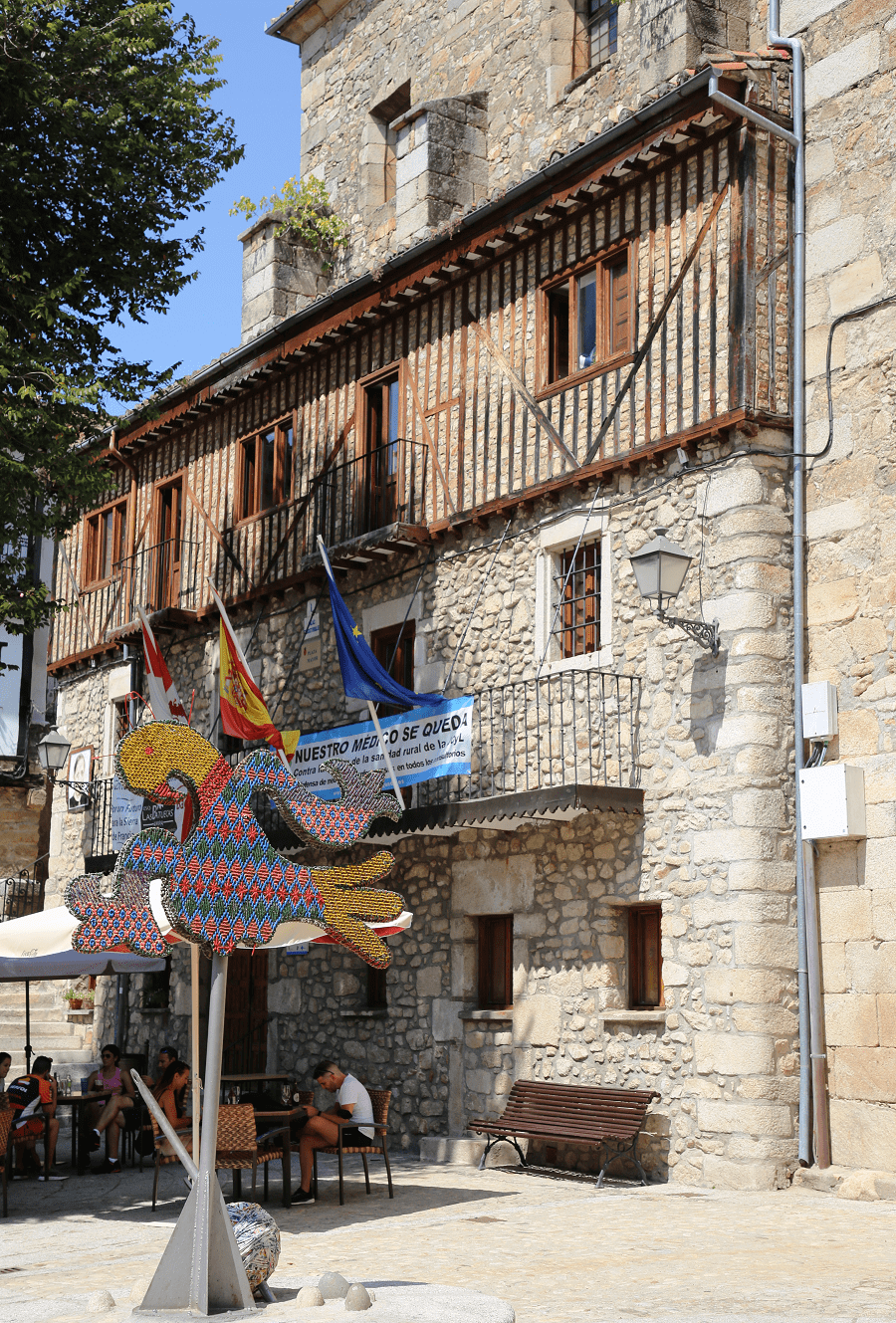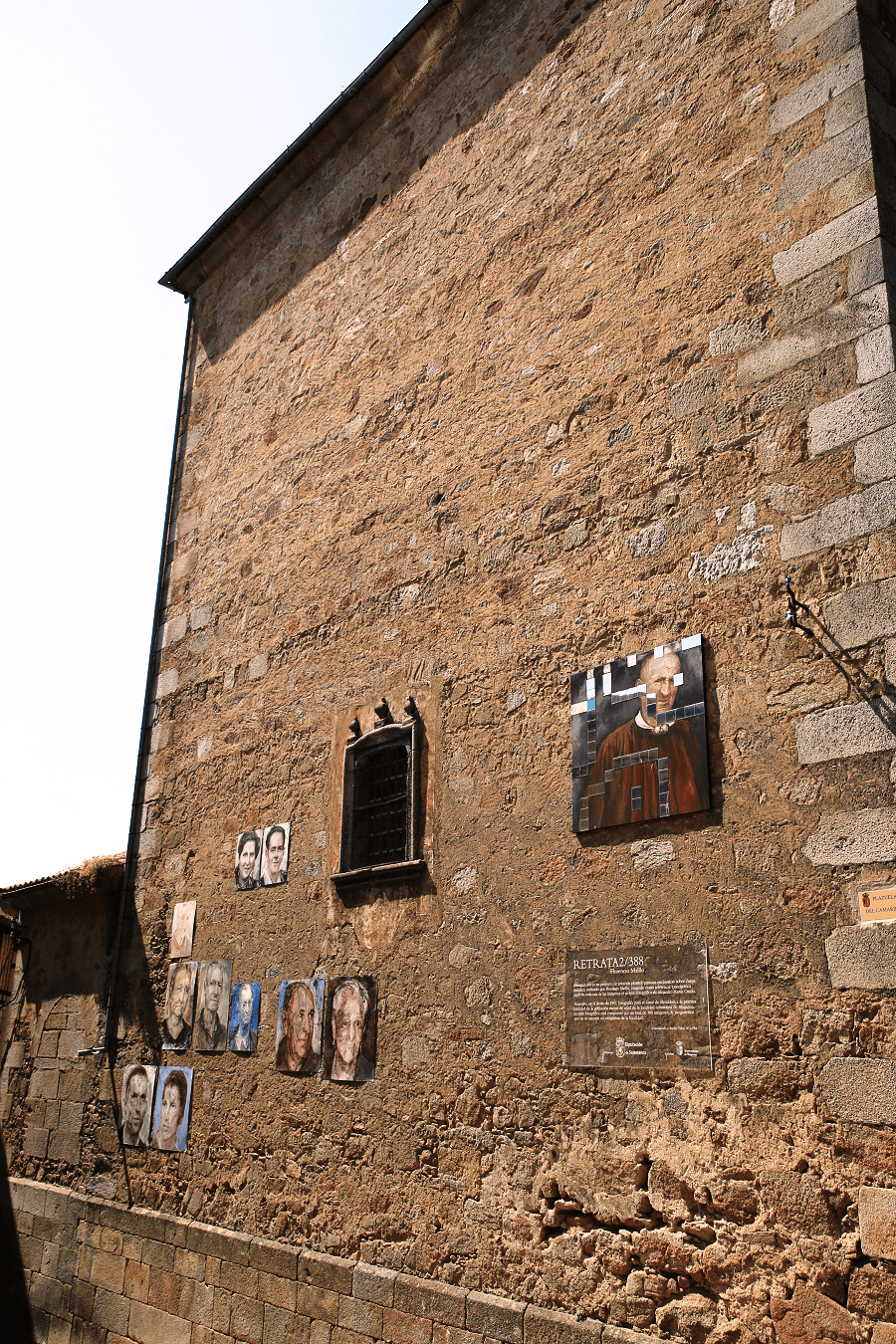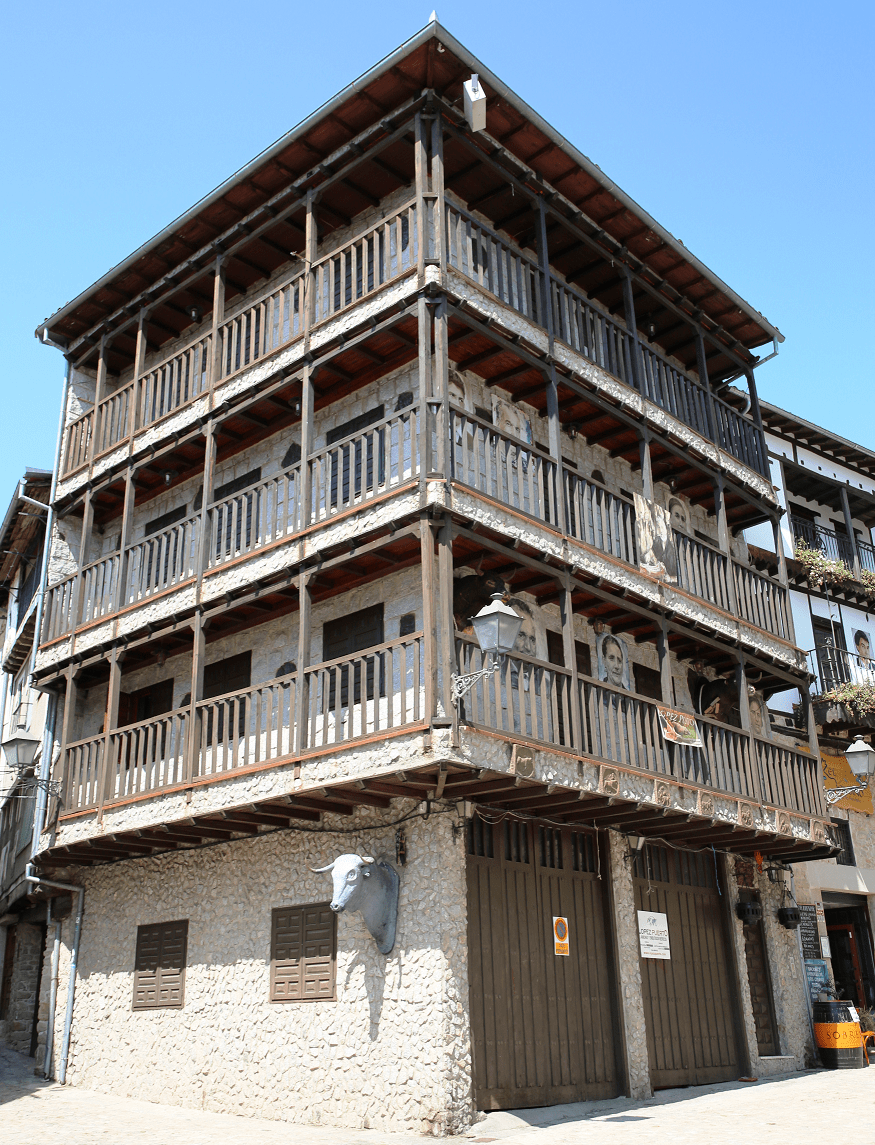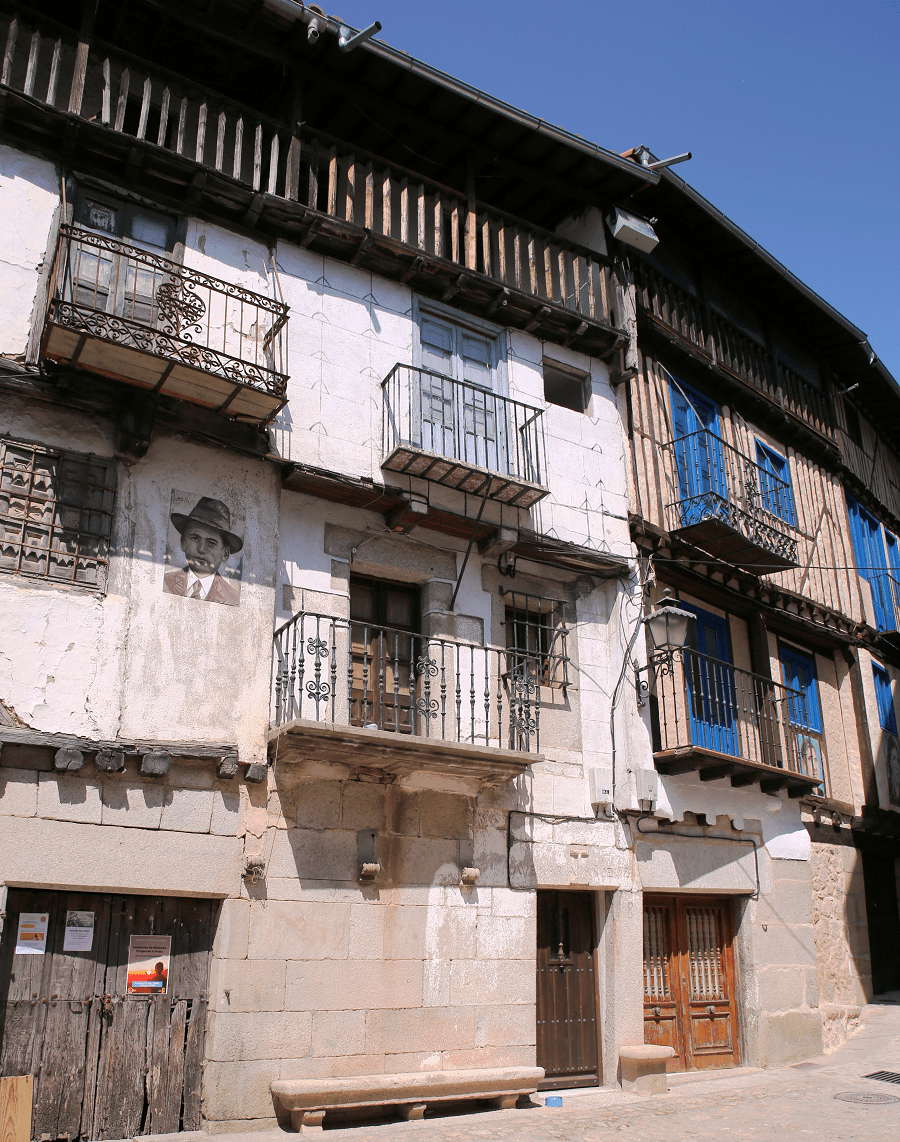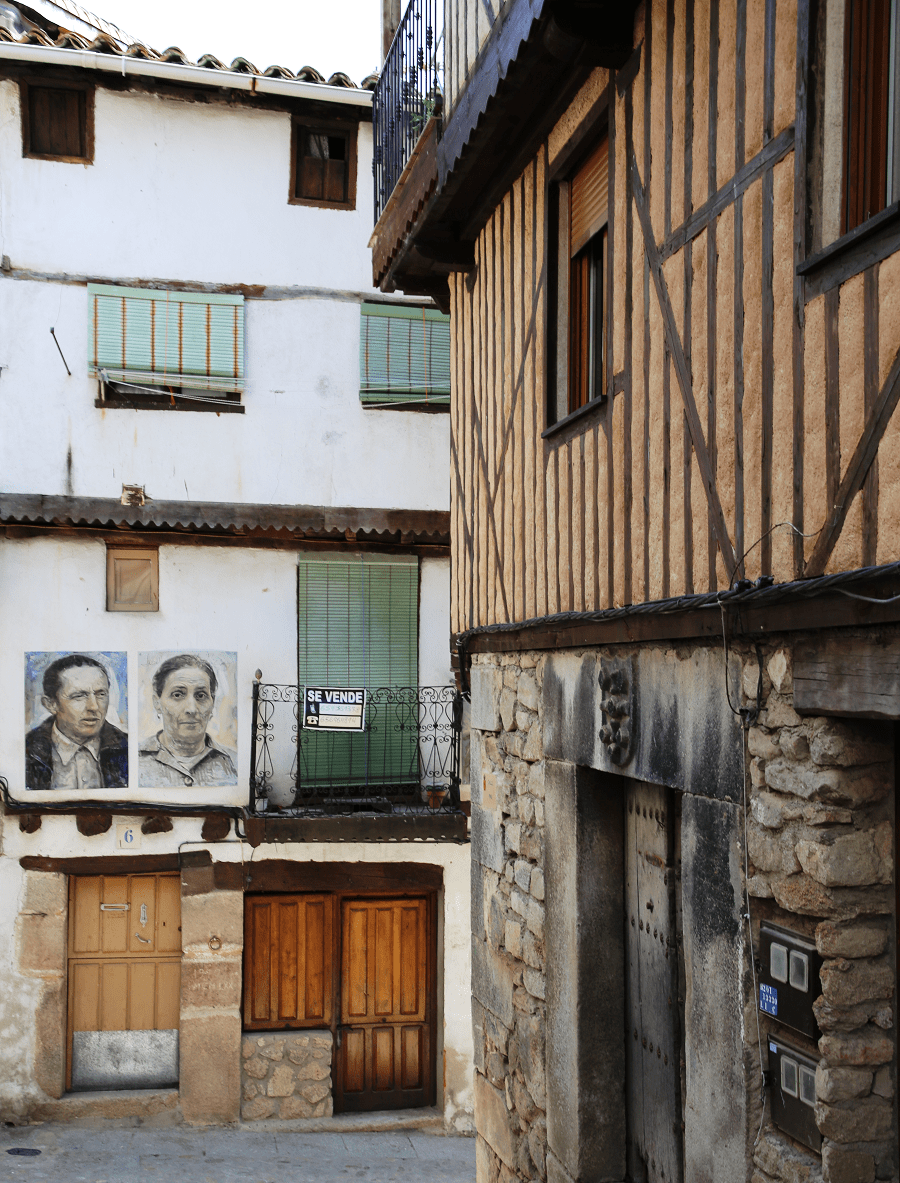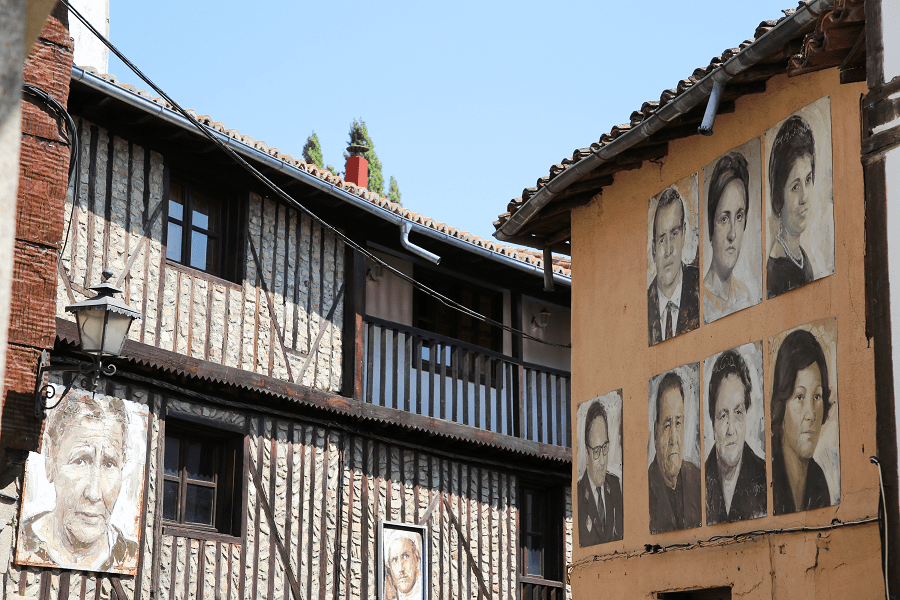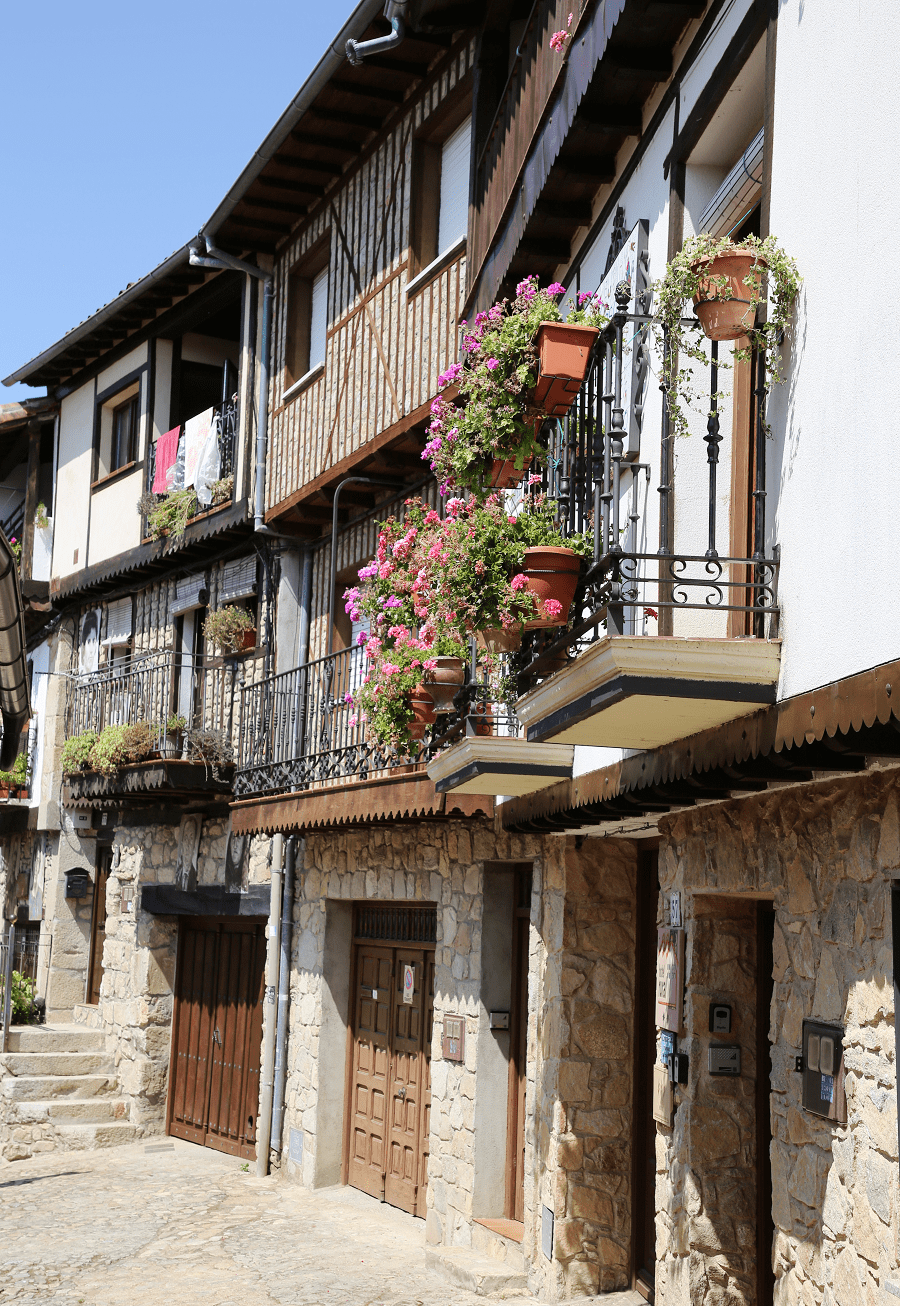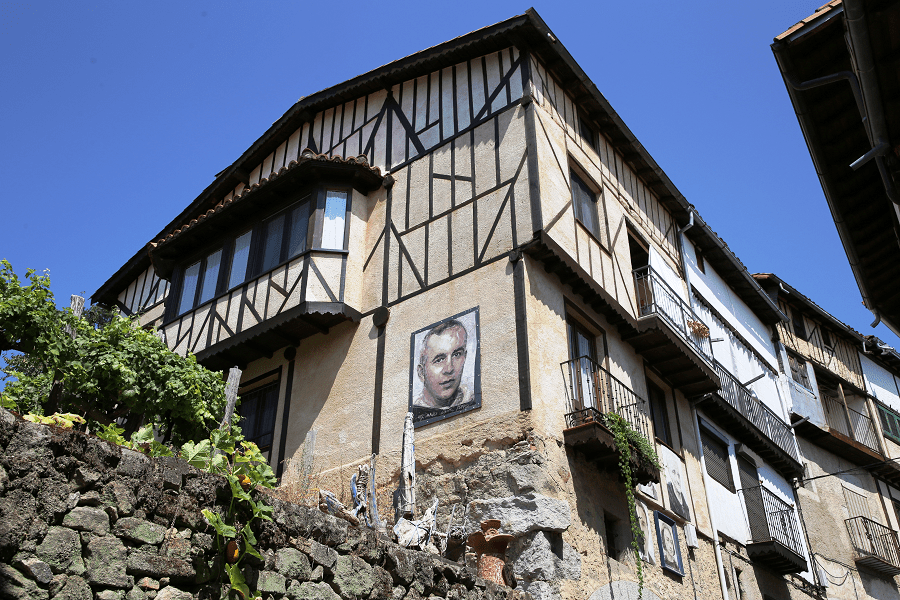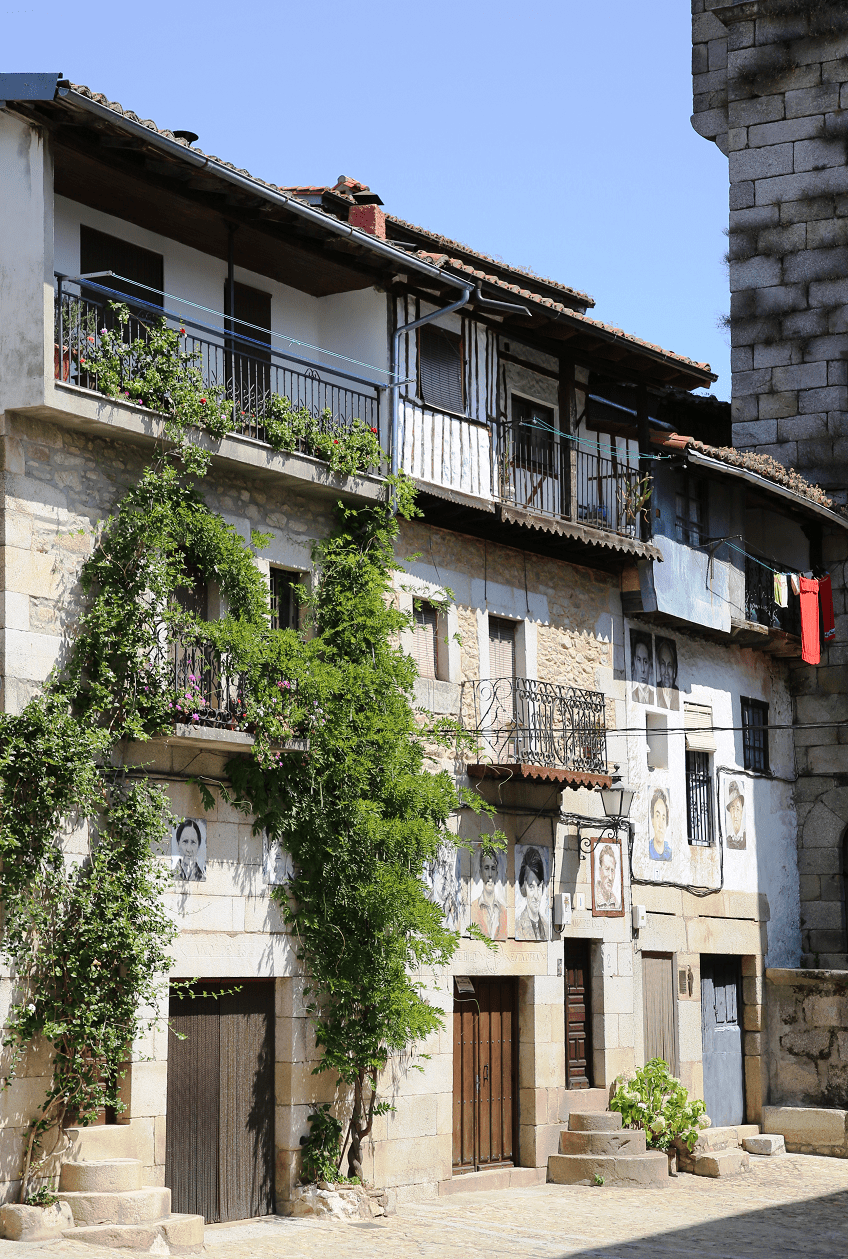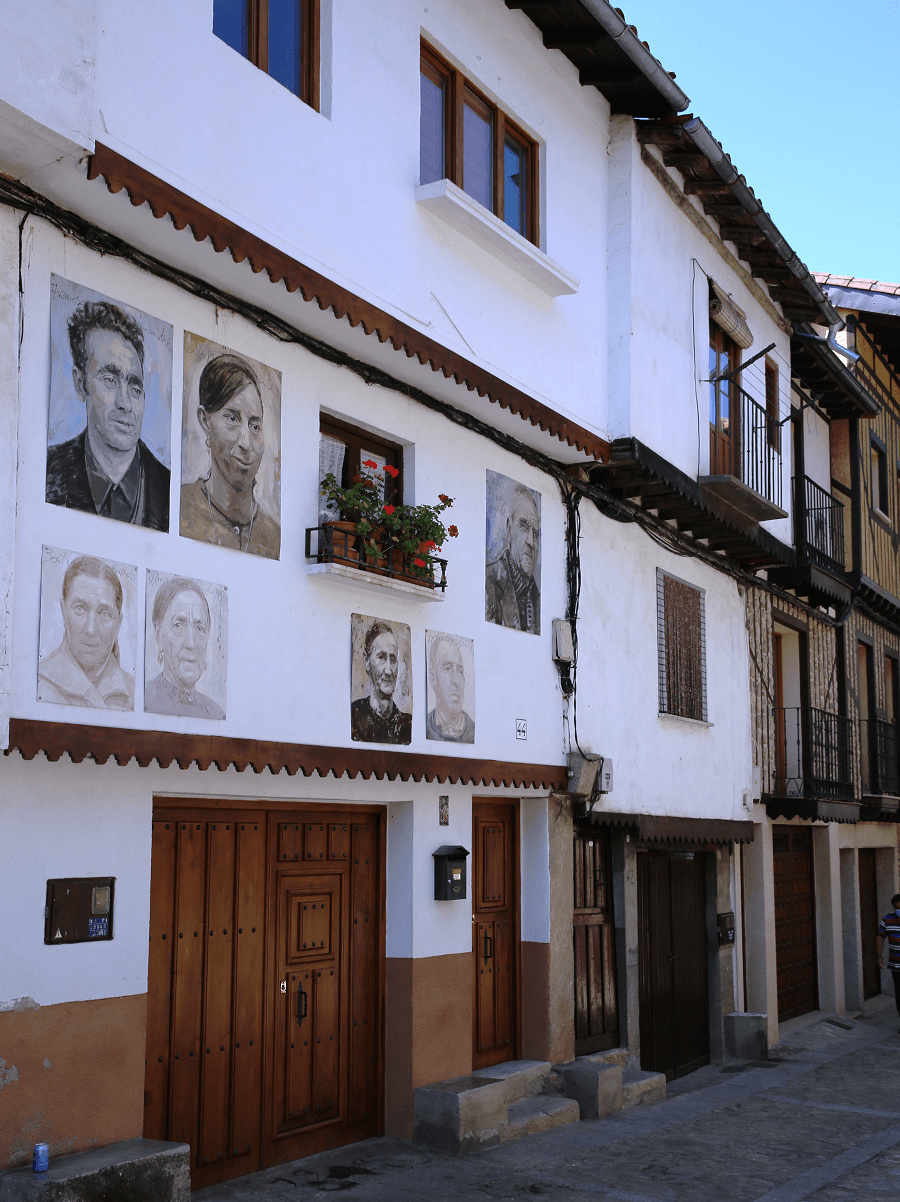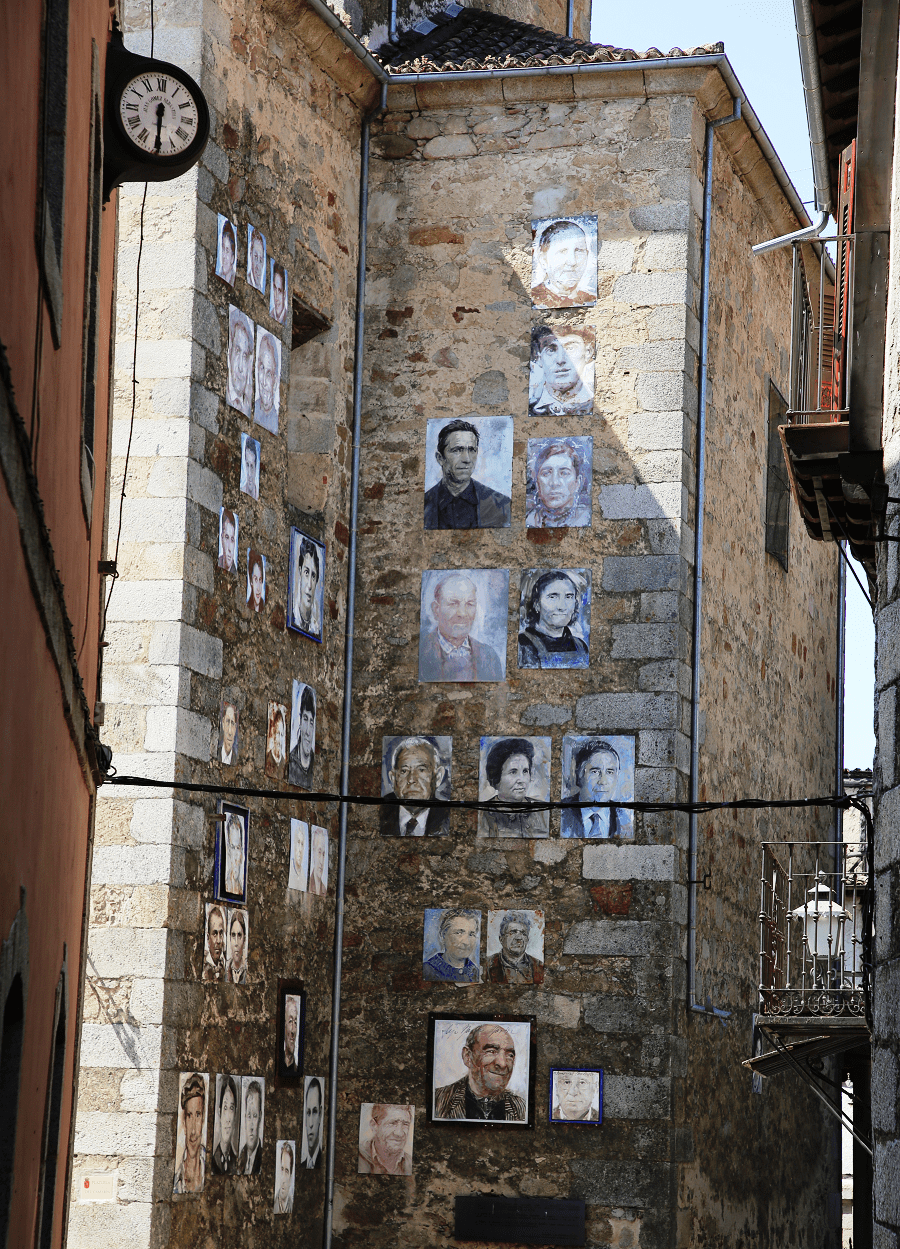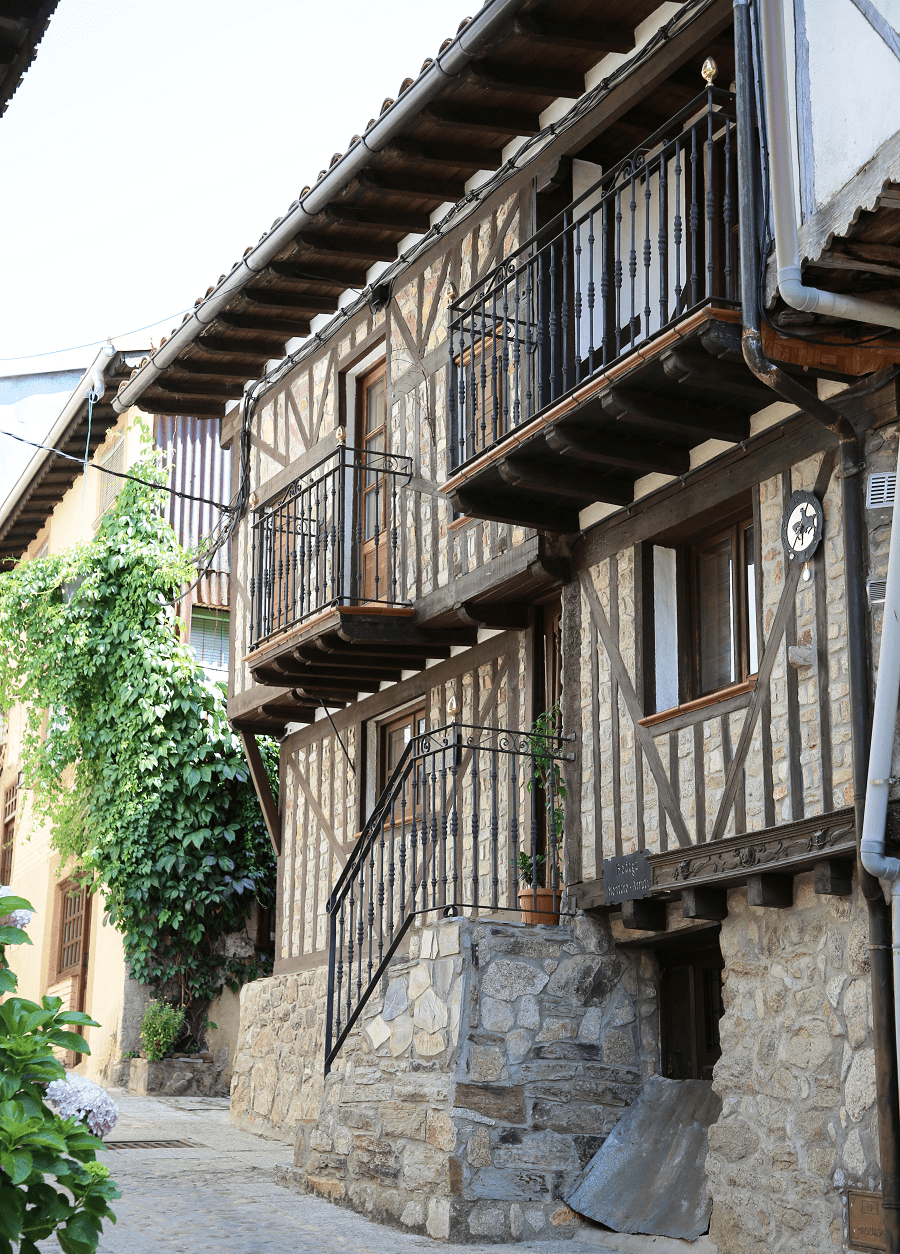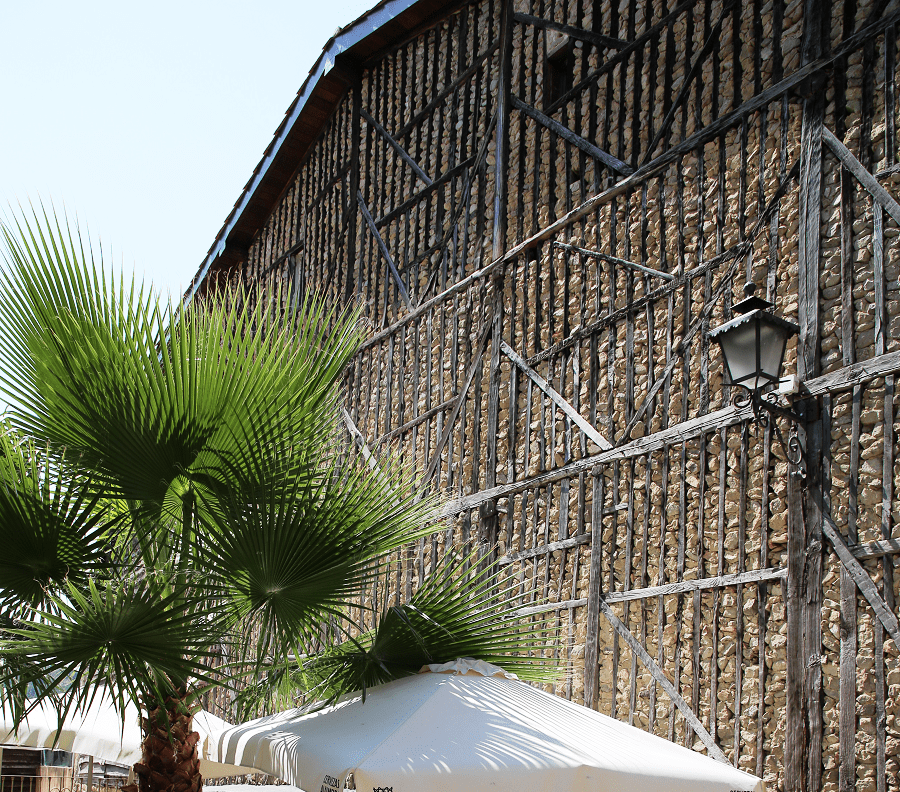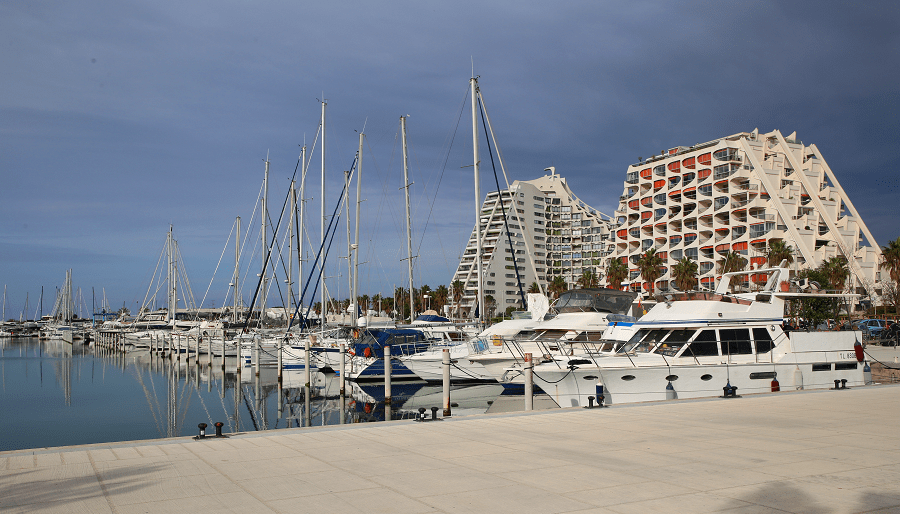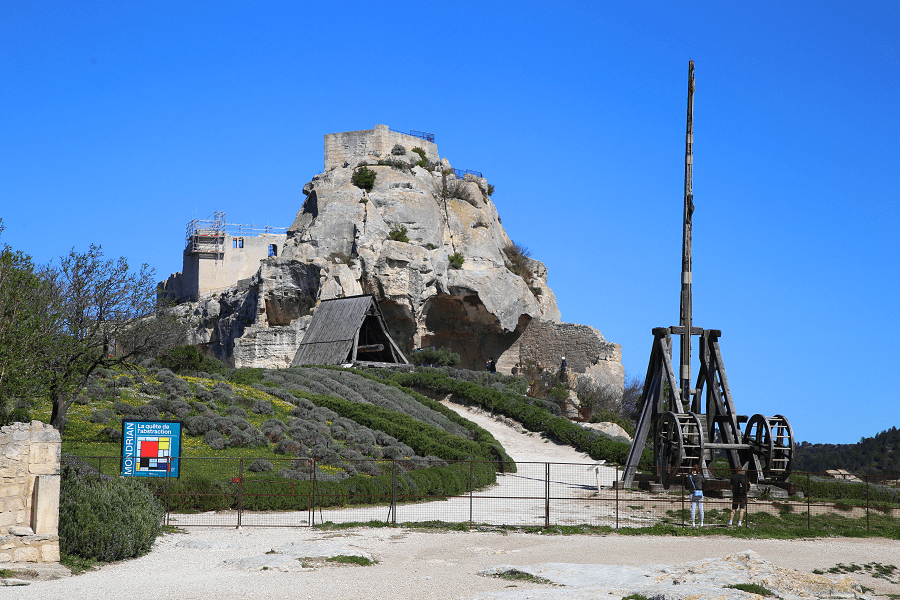Mogarraz is a city and a municipality located in the province of Salamanca, Castile and León, Spain.
The foundation of Mogarraz is due to the repopulation process carried out by the Leonese kings in the Middle Ages in the Sierra de Francia. In this way, Mogarraz became part of the Miranda del Castañar alfoz after its creation by King Alfonso IX of León in 1213.
The town of Mogarraz was declared an Asset of Cultural Interest with the category of a historical complex in 1998.
Since 2014 the city has been a part of the network “The most beautiful villages of Spain“.
Main attractions
Houses with traditional architecture in the Sierra de Francia. Facades with wooden mountainous frameworks filled with masonry and symbols to discover engraved in the stone.
Typical balconies. Likewise, Mogarraz has a very characteristic urban layout, influenced by the Arab and Jewish world.
The parish church of Mogarraz has a Latin cross plan and a baroque altar. The bell tower stands out on the roofs of the houses of the town.
Others:
Plaza Mayor, is oval in shape, where bullfighting celebrations were held.
Hermitage and source of the Humilladero.
Ethnographic Museum Casa de las Artesanías, with local crafts: gold work, leather, embroidery and costumes.
The water path (Camino del agua) is a circular route of about 9 km that runs through the valley of the Milanos river, part of the urban center of Mogarraz and passes through Monforte de la Sierra to finish again in Mogarraz.
Some of the artistic works that can be seen are the one entitled K’oa, consisting of two metal cages, by the Salamanca artist Miguel Poza, the one entitled Serena, by Virginia Calvo, an allegory of a nymph with her tail, the one entitled Cruz de Mingo, by Florencio Maíllo or the metal chairs by Manuel Pérez de Arrilucea.
The path also passes through a viewpoint from which a wide view of the town of Mogarraz in the middle of the valley is obtained and, as its name indicates, water is the protagonist throughout the path as it crosses the Bocino river, by the footbridge of the Bocino, the Milano stream, by the Los Molinos and Pontón bridges.
How to get to?
From Salamanca 1 hr 12 min (83.7 km) via CL-512 and SA-210
From Valladolid 2 hr 31 min (210 km) via A-62
From Madrid 3 hr 17 min (294 km) via A-50
Main information
Area: 9 sq. km (municipality)
Coordinates: 40°29′31″N 6°03′10″W
Population: 268
Languages: Spanish
Currency: Euro
Visa: Schengen
Time: Central European UTC +1




